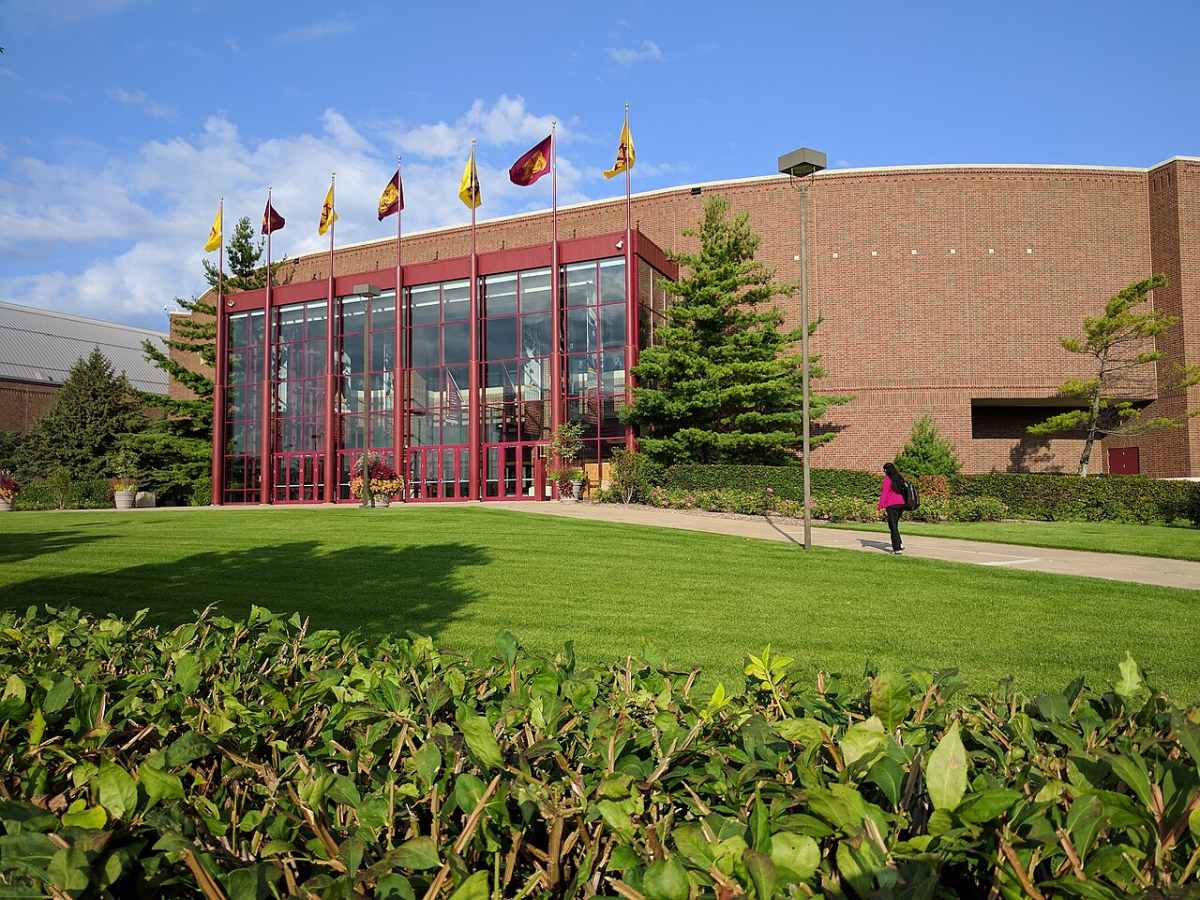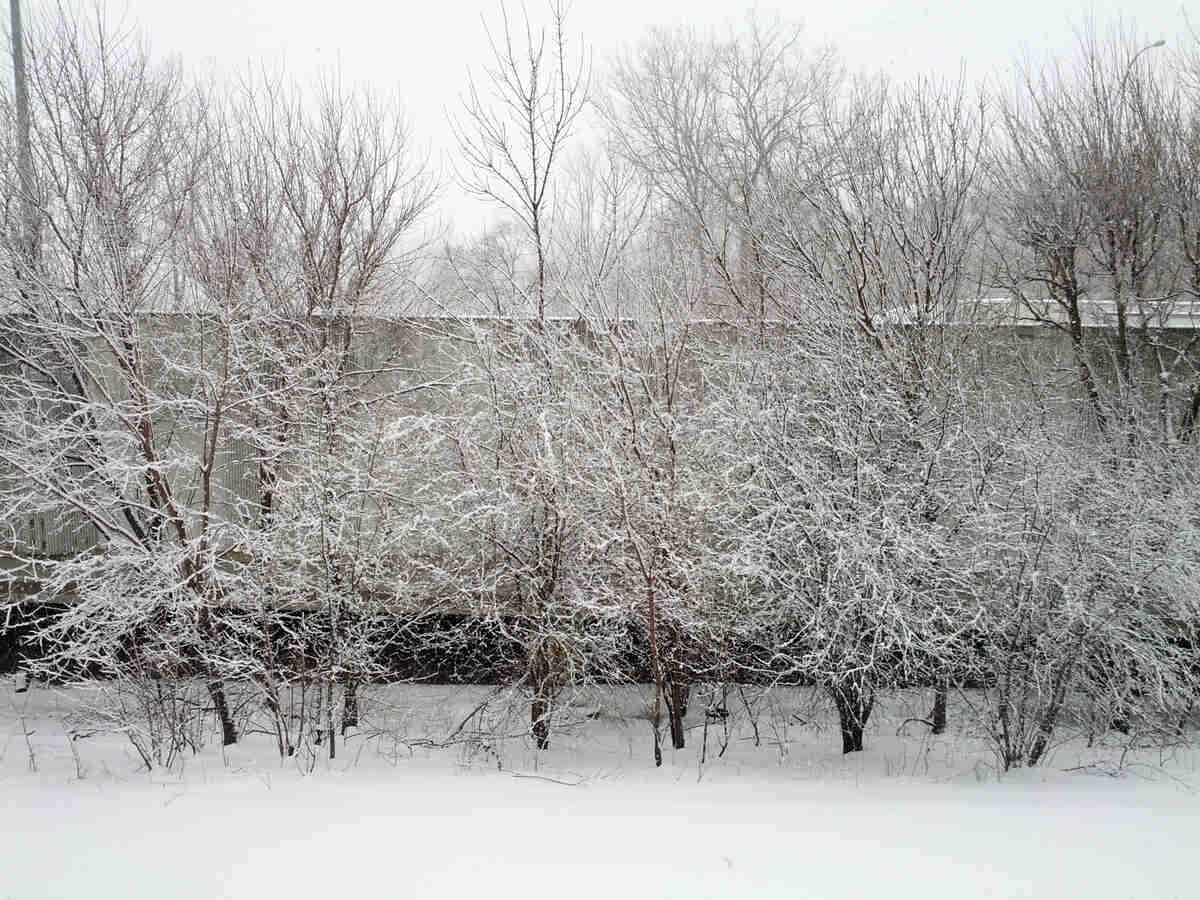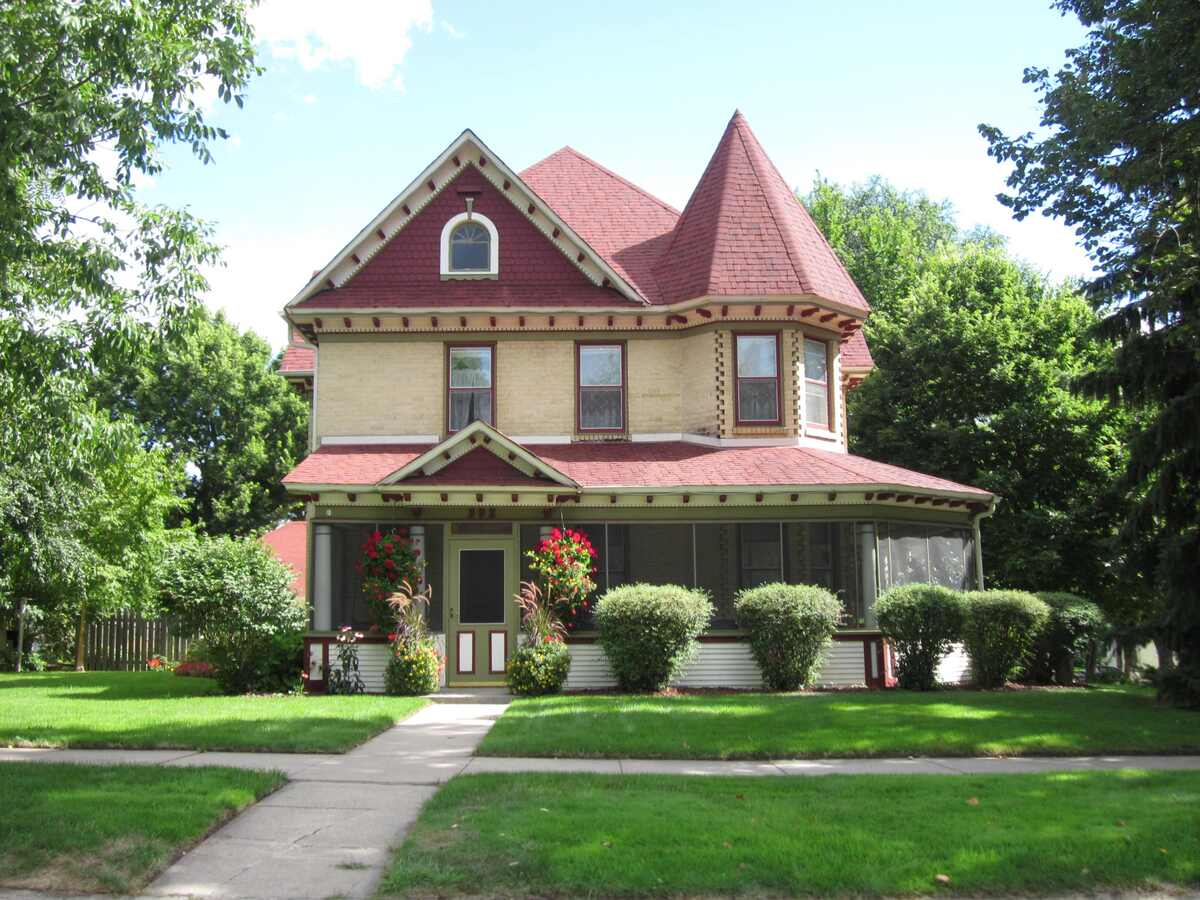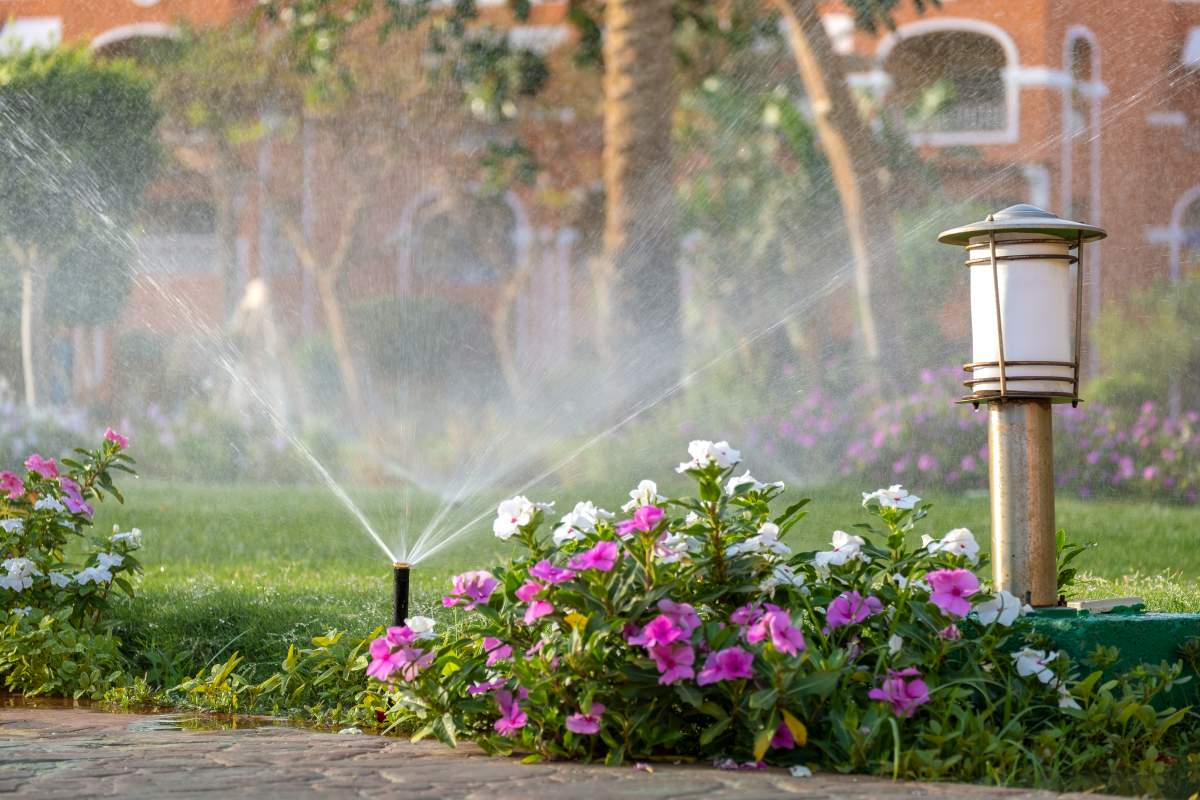
During drought in Duluth, the better you take care of your lawn, the less water it will need. But when you do water, the best time is in the morning. Also, make sure you plant water-saving grass and that your irrigation system is efficient. Use barrels or install special systems to recycle and reuse water.
Taking all these steps will help you save water, which is kinder not only to your wallet but also to the environment. Plus, it takes less work to take care of a lawn that isn’t water-demanding.
Key Takeaways
Take care of your lawn: Healthy lawns need less watering. Water your lawn when it shows signs of drought, or not at all. The best time to water your lawn is in the morning.
Pick water-efficient irrigation systems. Rotor sprinklers and soaker hoses are among the most water-efficient. Check your system regularly, to make sure it’s working. Use a smart water-saving device to help conserve water.
Pick water-saving grass and plants: Grasses like fescues are the best at conserving water. And, a variety of drought-tolerant plants, like American burberry and Sumac, grow in Duluth.
Recycle water: Use barrels or install water storage and separation systems. You can get help from a local pro.
Only Water When Necessary
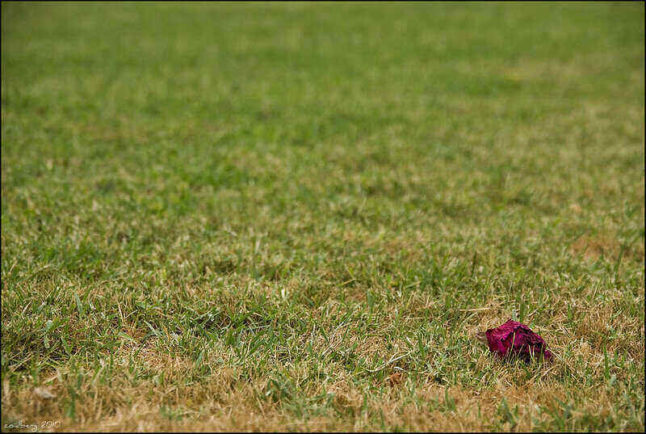
Your Duluth lawn needs water when it shows signs of drought. Those include:
- Browning in color: Browning is a sign of dehydration or stress. Watering revives the grass, leading to the eventual return of its green color.
- Folding grass blades: Grass blades may fold in an attempt to minimize water loss.
- Visible footprints: Dry grass doesn’t spring back. Visible footprints are, therefore, another clear sign that your lawn is lacking water.
Even when a drought occurs, consider accepting the discoloration. It’s unlikely to harm your lawn long-term, is easier to maintain, and is better for the environment.
Infrequent watering encourages healthy roots and drought-tolerance. Therefore, limit it to a maximum of once per week. Some Duluth lawns need only half an inch of water per week, depending on the type of soil.
Install Water-Efficient Sprinklers
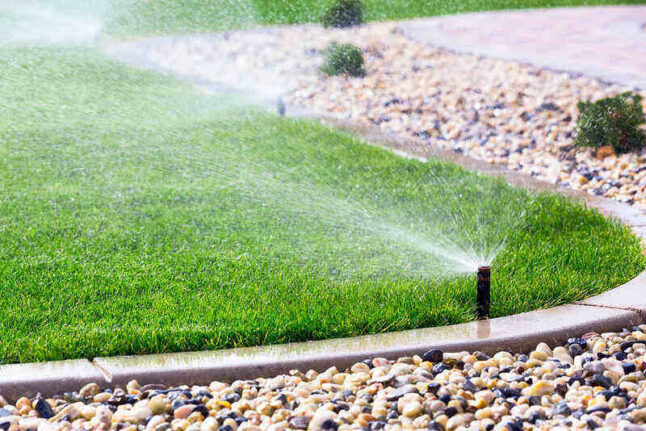
Sprinkler types differ in their water usage. Rotor sprinklers are among the best ones for water efficiency. They have less water runoff and supply water slowly.
Another option is to use a soaker hose instead of sprinklers. Because the hose gets to plant roots, it’s more efficient.
Choose Water-Saving Grass
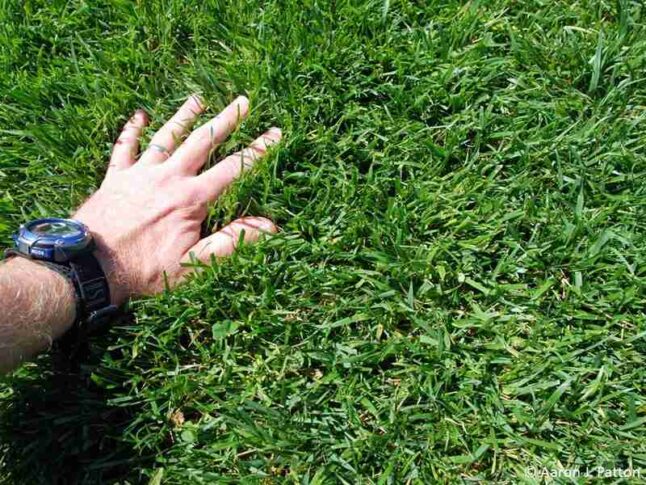
Selecting the right grass in Minnesota may help to conserve water. Some grasses simply don’t require as much water as others.
Here are Duluth grasses that are the best choice for saving water:
- Tall fescue: Deep-rooted, easy-care grass that’s adaptable to a variety of soil types.
- Fine fescue: Shade-tolerant, fine grass.
- Kentucky bluegrass: Dense turf that easily recovers from damage.
- Perennial ryegrass: Fast-growing turf that’s great at resisting weeds.
Fescue grasses are the most water-friendly. Tall fescue has a deep root system, allowing it to absorb moisture better than other grasses. However, fine fescue uses the least water.
Choose Drought-Tolerant Plants
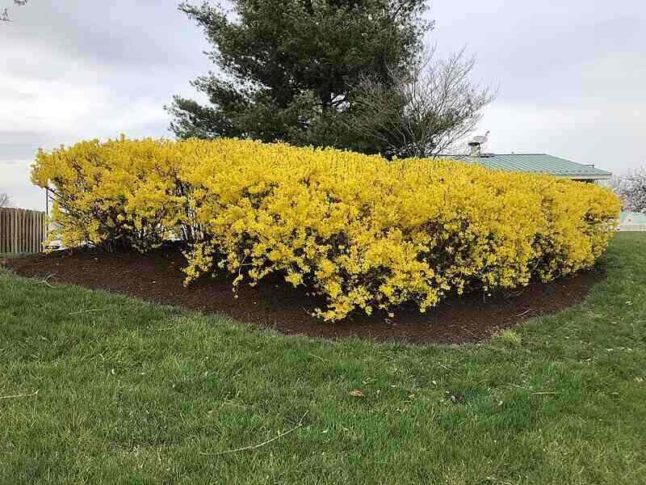
Similarly to grasses, some plants tolerate drought better than others.
Examples of drought-tolerant trees and shrubs are:
- American Burberry
- Sumac
- Forsythia
- Smoke bush
- Gray dogwood
Water in the Morning
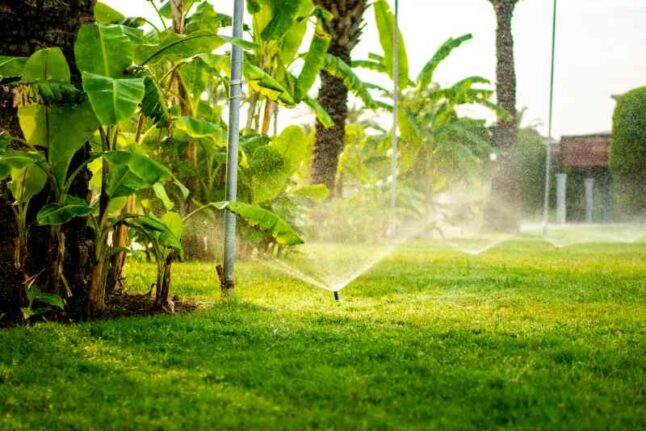
The best time to water Duluth lawns is in the morning. Alternatively, you can also water in the late afternoon, which is the second best choice.
However, you should always avoid watering in the midday and in the evening. Midday watering won’t work, because the harsh sun will cause the water to evaporate. Late watering is also unsuitable. Water that stays on your lawn for too long is an invitation for fungal diseases.
Take Care of Your Lawn
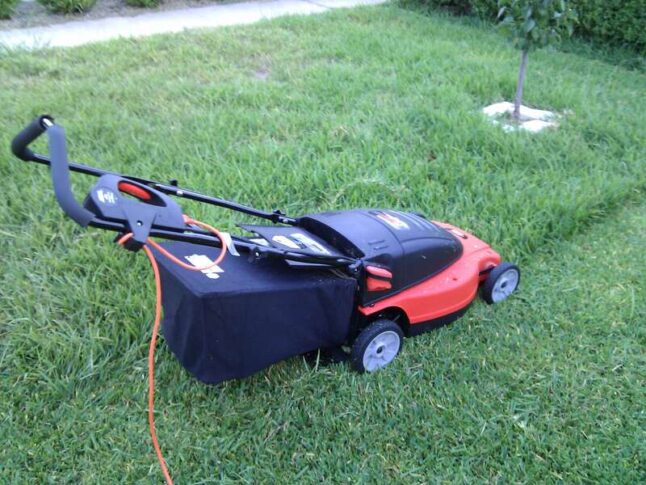
This may seem like common sense, but taking the right care of your lawn means it will be less demanding. Thus, it will need less water. Take care of your lawn throughout every season, and plant your grass at the right time. Think about the details, like removing snow without harming your lawn.
Start by using mulch to retain moisture. You can pick between organic mulch that’s better for providing your soil with nutrients, or inorganic mulch that will last longer.
Examples of organic mulch include wood chips, dry leaves, and even cardboard. Inorganic mulch can be stones, rocks, or landscape fabrics.
Taller grass is more resilient, so mow to 3 inches or taller. Get a good lawn mower, too, and keep your blades sharp. Additionally, lawn care practices like aeration and using compost also have a positive effect. Heavy soils may have better infiltration, and sandy soils may hold moisture better.
Recycle Water
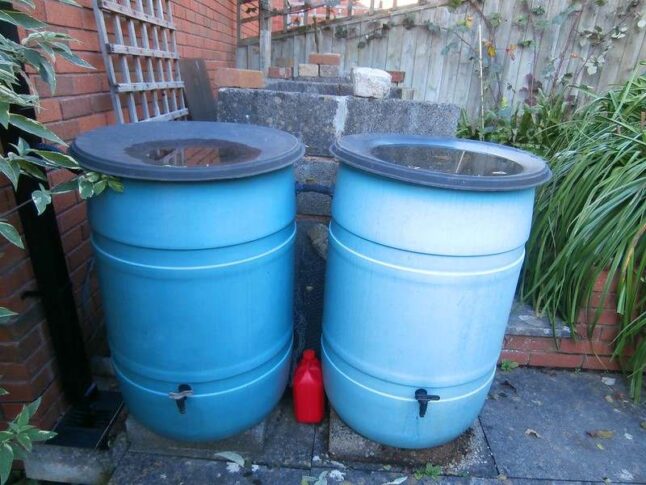
Reusing water is a great idea. But how to do it? You can start by using rain barrels to reuse rainwater. Additionally, you can call a local pro to design water storage and separation. That way, you can reuse water for irrigation.
Use a Smart Water-Saving Device
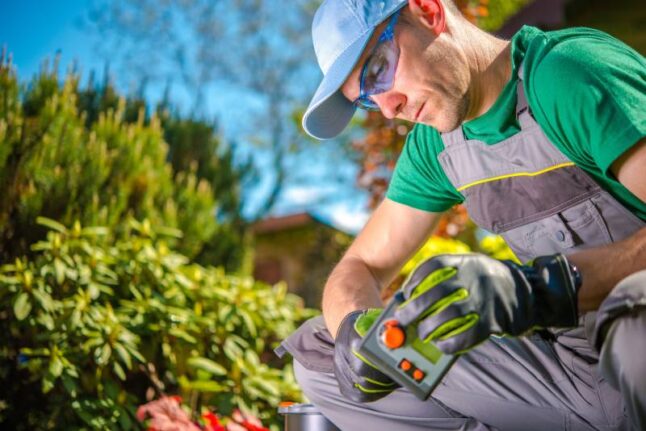
Technology has come a long way, and it can even help you preserve water in your lawn. They’ll automatically adjust your irrigation system as needed. Then, you can minimize irrigating in excess.
Examples of devices to consider are:
- Rain sensors
- Irrigation controllers
- Soil moisture sensors
Make Sure Your System is Working
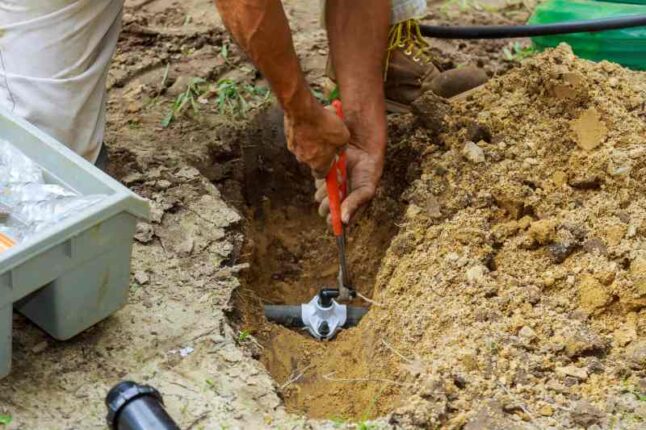
Don’t expect satisfactory results without a working irrigation system. You can check your system yourself or ask a pro to do it for you.
Here are the steps to check your system:
- Check all the components: sprinklers, valves, controllers, and so forth.
- Do a performance test.
- Program the controller.
FAQ
How long should I water my lawn?
Sprinklers running for 30 minutes twice a week provide the lawn with around one inch of water.
How can I clean the outdoors without using a hose?
To save water, you can use a broom instead of cleaning your patio or driveway with a hose.
What is xeriscaping?
Xeriscaping is landscaping using drought-tolerant plants, designed to conserve water. Here’s more about xeriscaping.
When to Hire a Pro
From the right grass to the right sprinklers, there’s a lot to think about when you want to conserve water. But ultimately, you can achieve the best results if you call a pro who knows what they’re doing. Get an instant quote from a Duluth pro.
Expert sources
Main Photo Credit: bilanol / Adobe Stock Free / License


